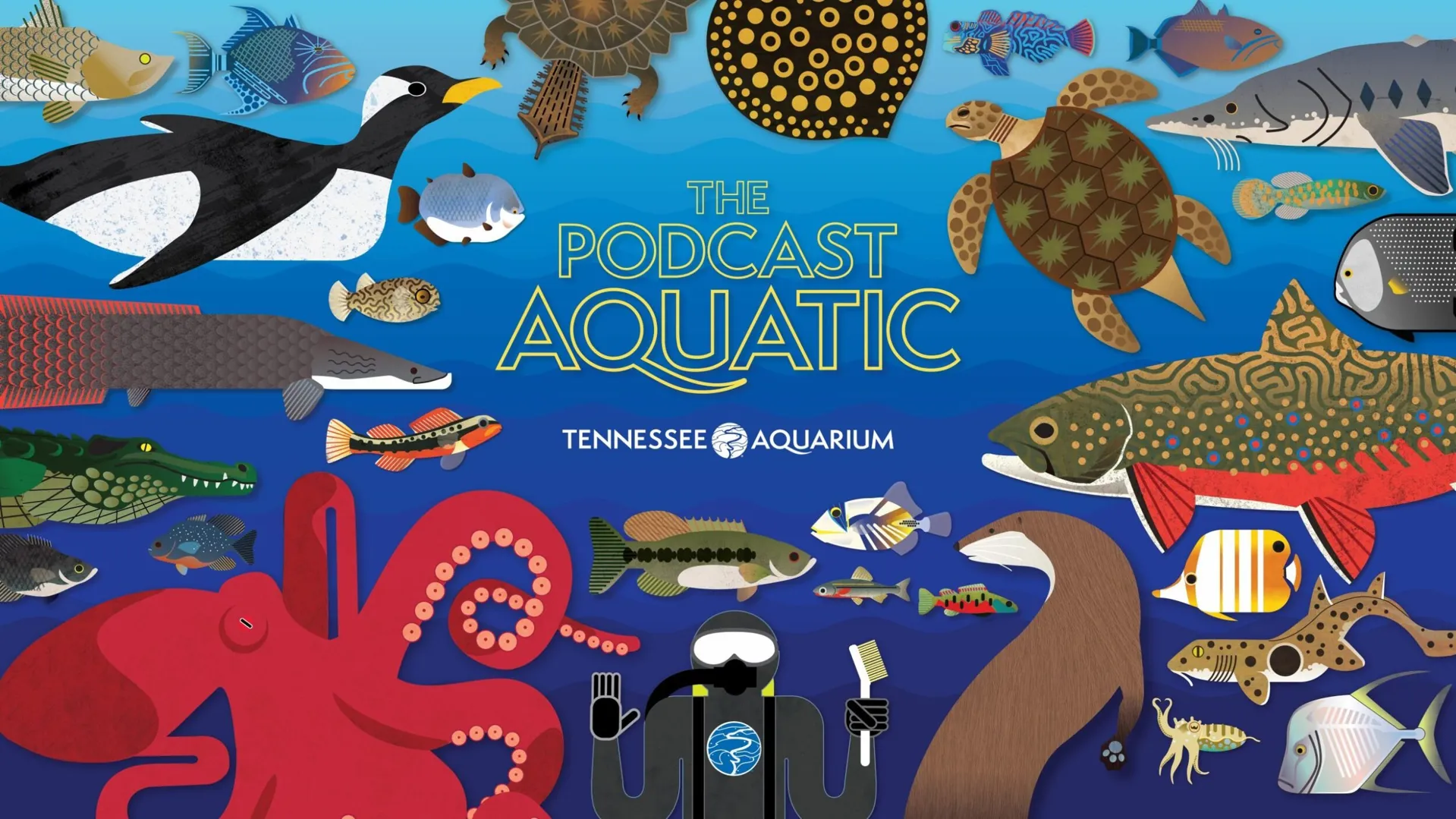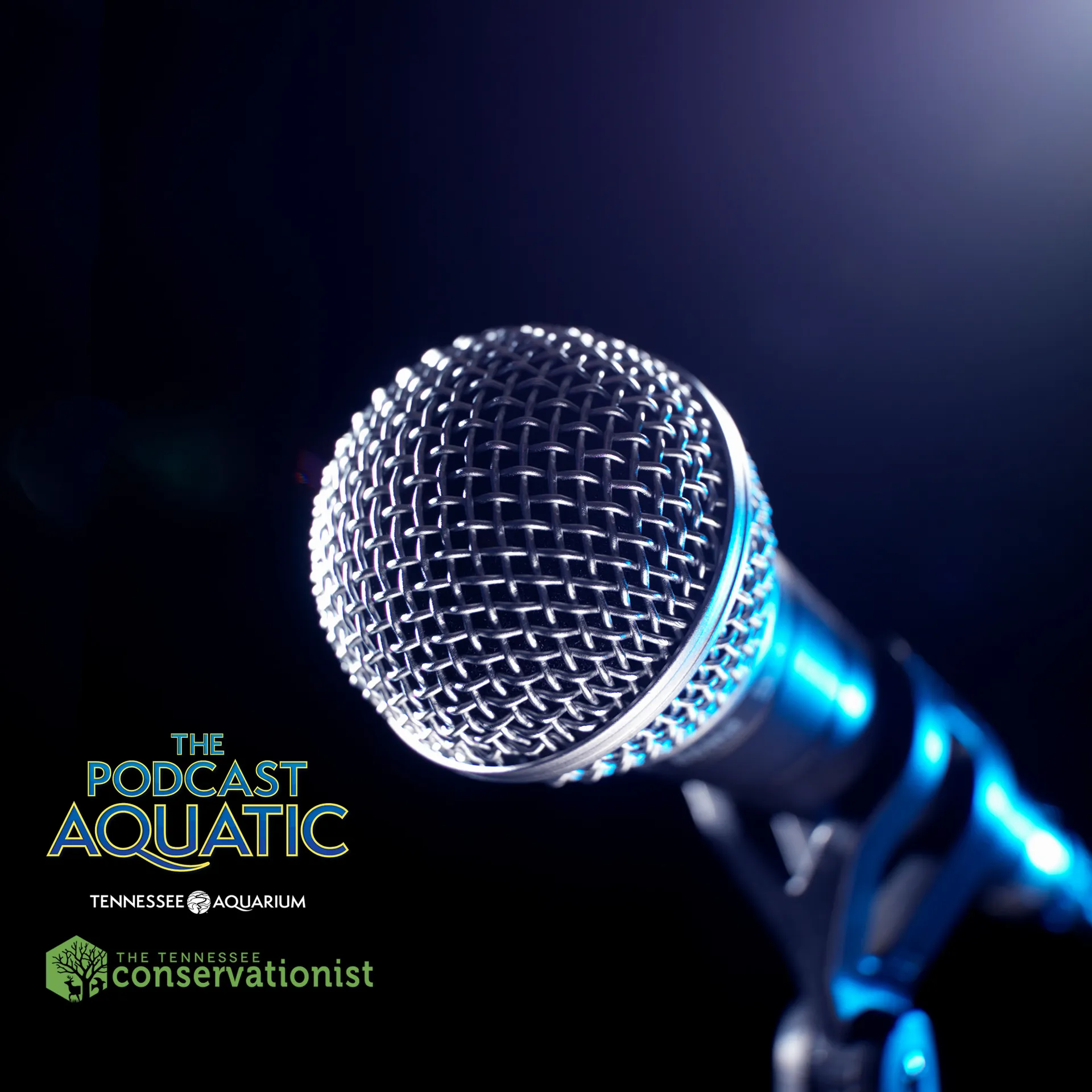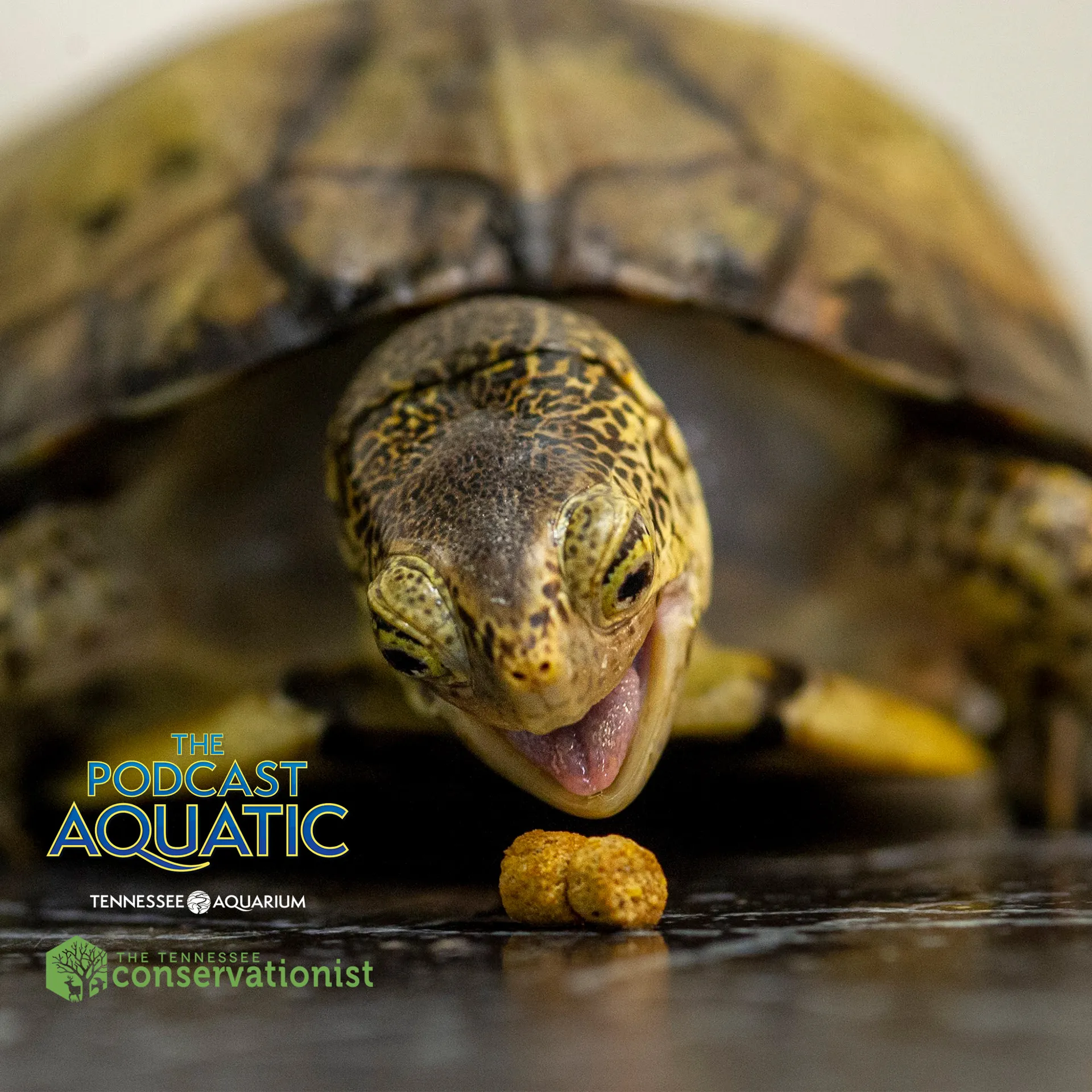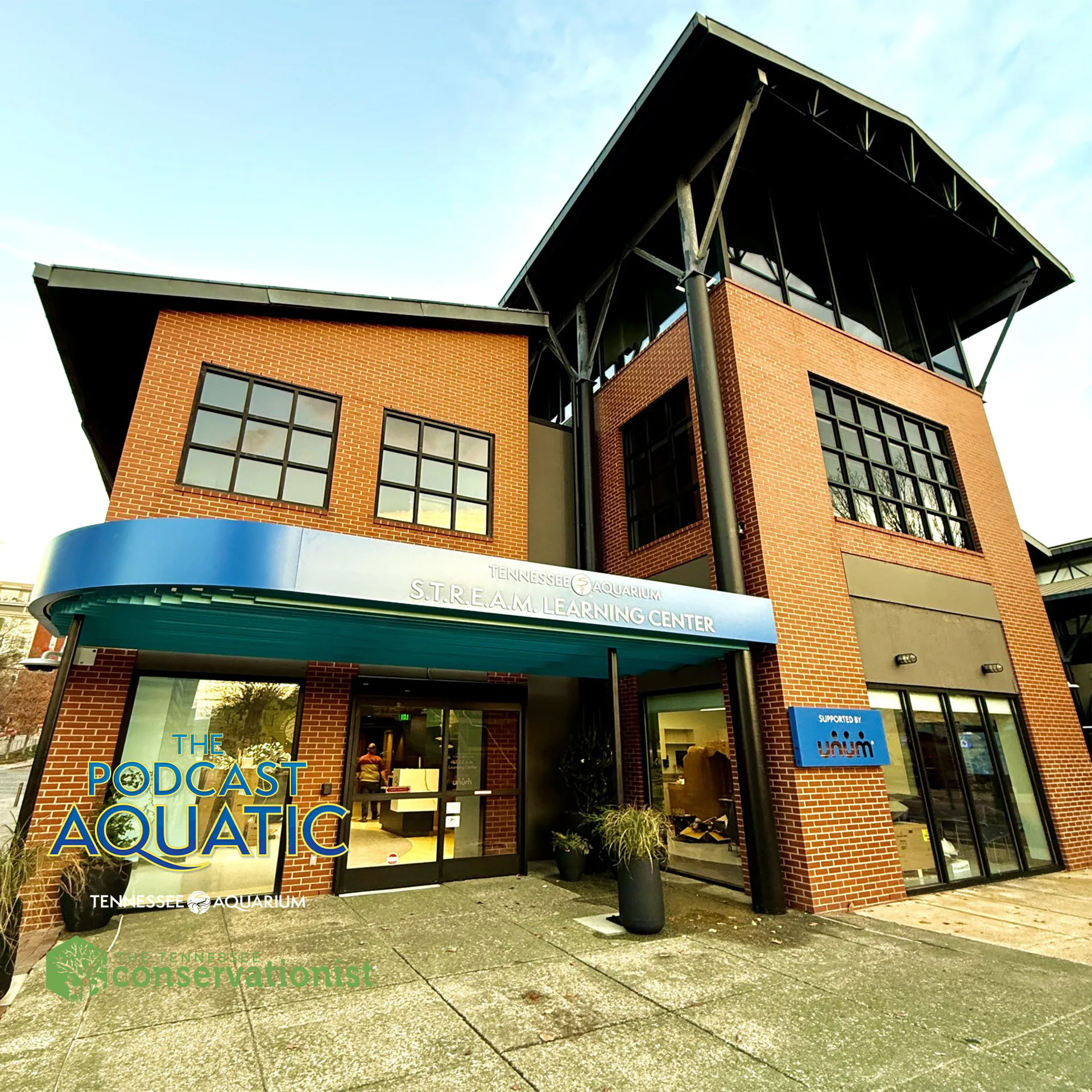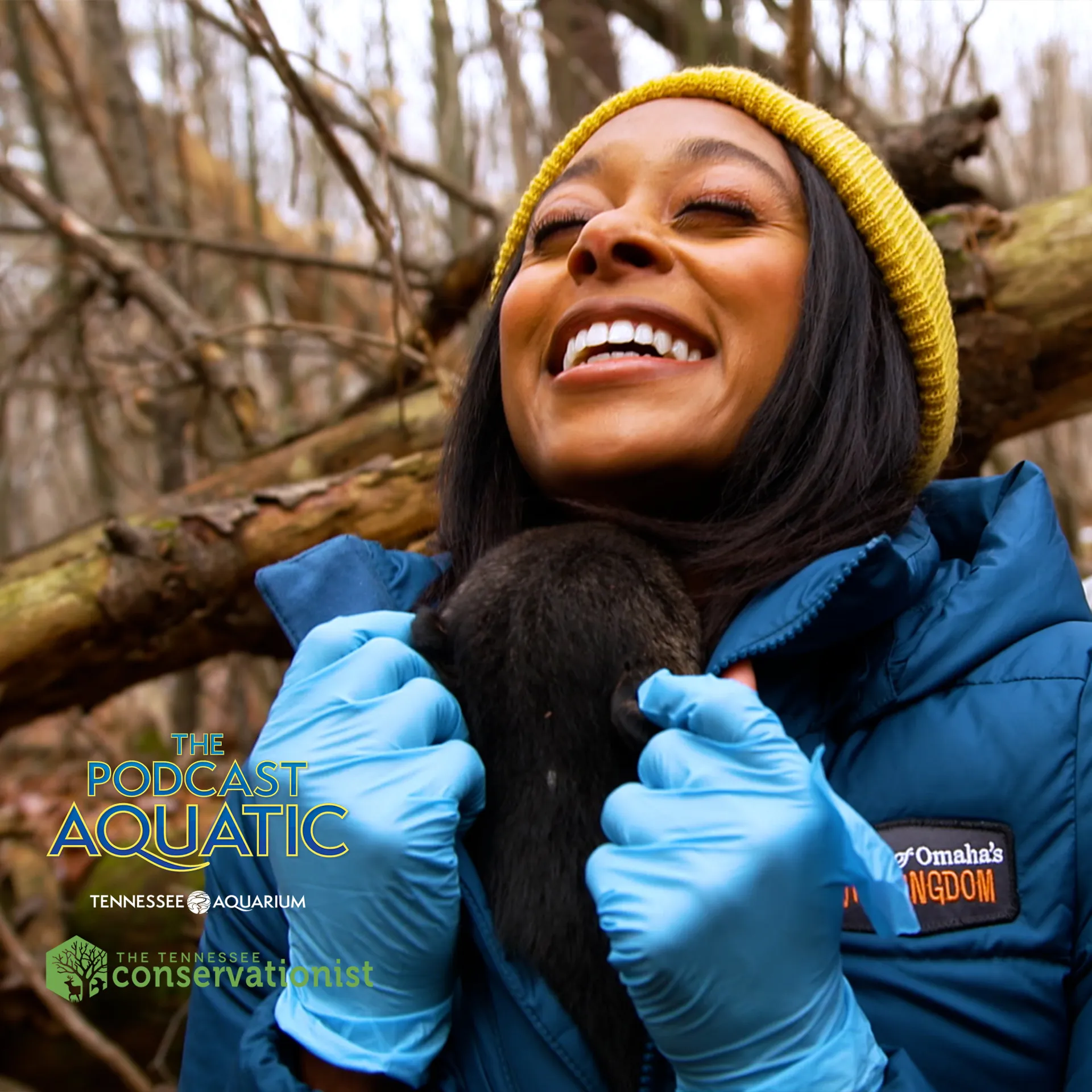The official podcast of the Tennessee Aquarium in Chattanooga, Tennessee. Gain new insights into the animals — even the human kind — living and working in one of the world’s largest freshwater-focused aquariums!
Episode #49: It’s A Beast Feast!
Why are lemurs such messy eaters? Why would a penguin refuse to eat a delicious capelin? If a snake hasn’t eaten in three months, should I be concerned?
If you think it’s tough to feed your clan, consider the challenge of satiating more than 13,000 animals, all of which have different needs and preferences.
On the eve of the most glutton-y holiday of all, this Thanksgiving-special episode hones in on all the delectably meaty details when it comes to nutrition here at the Tennessee Aquarium.
Check out how many fish penguins can put down in a single sitting (waddling?) before undergoing their annual catastrophic molt: https://youtu.be/LFxelNv7Pwo
Episode cast
- Casey Phillips, host, senior communications specialist, life-long eater
- Dr. Chris Keller, staff veterinarian
- Thom Demas, vice president and chief husbandry & exhibits officer
- Kevin Calhoon, curator of forests
Upcoming Episodes
- How to volunteer at the Aquarium and why you should
- Enrichment 101
- Using art to bring nature to life
- What it takes to raise fish babies
Other Recent Episodes
The Podcast Aquatic is made possible by support from The Tennessee Conservationist, the official magazine of Tennessee State Parks.

Printed sustainably on 100% post-consumer recycled paper with UV ink, each issue is filled with fascinating stories about Tennessee’s native species, rich history, and unique culture. It’s also your guide to exploring state parks and planning your next outdoor adventure.
Become a Tennessee Conservationist and subscribe at tnconservationist.org.
Join other conservation enthusiasts and follow us on Facebook and Instagram.
